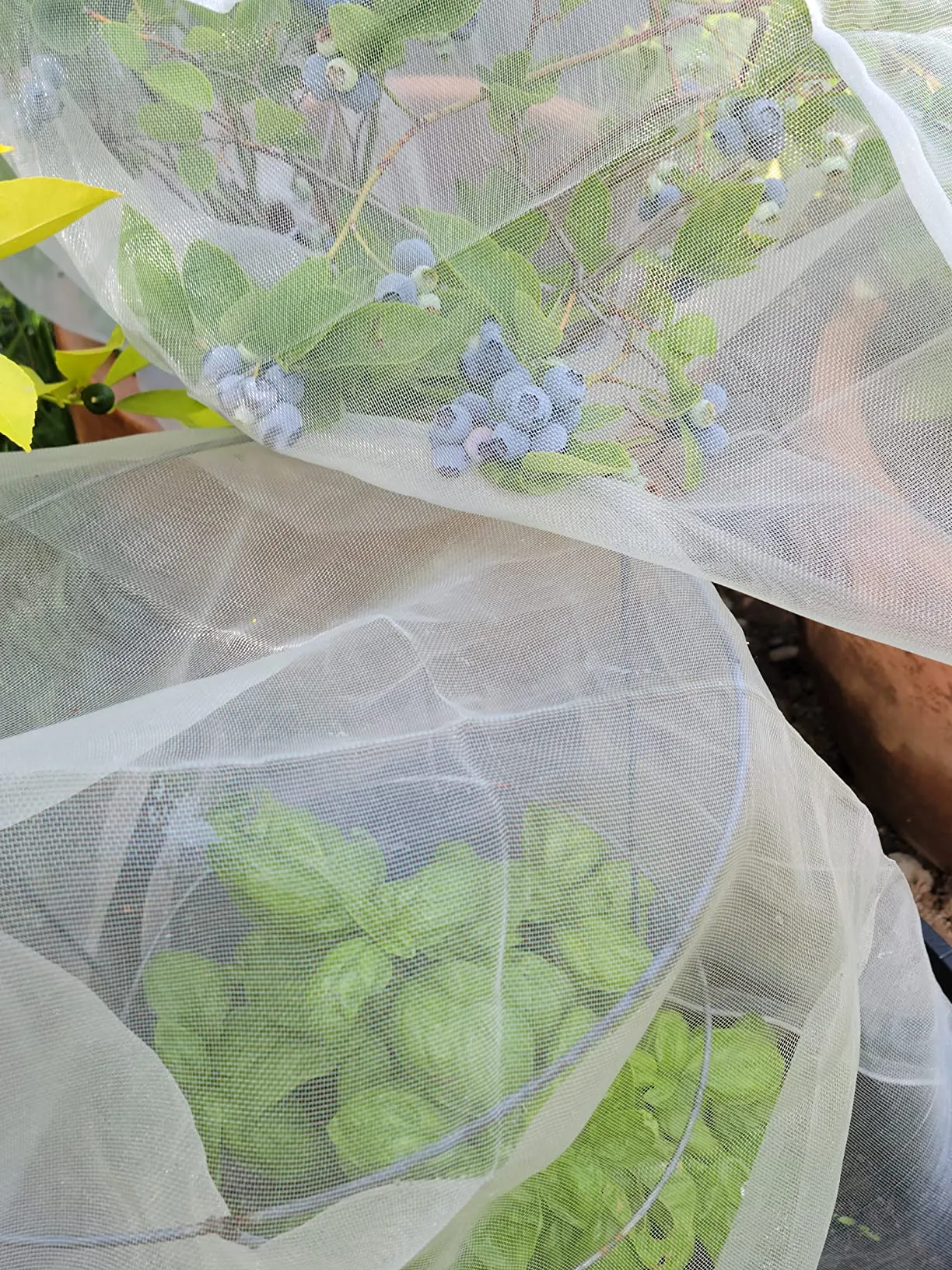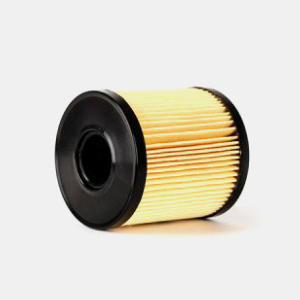-
 Afrikaans
Afrikaans -
 Albanian
Albanian -
 Amharic
Amharic -
 Arabic
Arabic -
 Armenian
Armenian -
 Azerbaijani
Azerbaijani -
 Basque
Basque -
 Belarusian
Belarusian -
 Bengali
Bengali -
 Bosnian
Bosnian -
 Bulgarian
Bulgarian -
 Catalan
Catalan -
 Cebuano
Cebuano -
 China
China -
 Corsican
Corsican -
 Croatian
Croatian -
 Czech
Czech -
 Danish
Danish -
 Dutch
Dutch -
 English
English -
 Esperanto
Esperanto -
 Estonian
Estonian -
 Finnish
Finnish -
 French
French -
 Frisian
Frisian -
 Galician
Galician -
 Georgian
Georgian -
 German
German -
 Greek
Greek -
 Gujarati
Gujarati -
 Haitian Creole
Haitian Creole -
 hausa
hausa -
 hawaiian
hawaiian -
 Hebrew
Hebrew -
 Hindi
Hindi -
 Miao
Miao -
 Hungarian
Hungarian -
 Icelandic
Icelandic -
 igbo
igbo -
 Indonesian
Indonesian -
 irish
irish -
 Italian
Italian -
 Japanese
Japanese -
 Javanese
Javanese -
 Kannada
Kannada -
 kazakh
kazakh -
 Khmer
Khmer -
 Rwandese
Rwandese -
 Korean
Korean -
 Kurdish
Kurdish -
 Kyrgyz
Kyrgyz -
 Lao
Lao -
 Latin
Latin -
 Latvian
Latvian -
 Lithuanian
Lithuanian -
 Luxembourgish
Luxembourgish -
 Macedonian
Macedonian -
 Malgashi
Malgashi -
 Malay
Malay -
 Malayalam
Malayalam -
 Maltese
Maltese -
 Maori
Maori -
 Marathi
Marathi -
 Mongolian
Mongolian -
 Myanmar
Myanmar -
 Nepali
Nepali -
 Norwegian
Norwegian -
 Norwegian
Norwegian -
 Occitan
Occitan -
 Pashto
Pashto -
 Persian
Persian -
 Polish
Polish -
 Portuguese
Portuguese -
 Punjabi
Punjabi -
 Romanian
Romanian -
 Russian
Russian -
 Samoan
Samoan -
 Scottish Gaelic
Scottish Gaelic -
 Serbian
Serbian -
 Sesotho
Sesotho -
 Shona
Shona -
 Sindhi
Sindhi -
 Sinhala
Sinhala -
 Slovak
Slovak -
 Slovenian
Slovenian -
 Somali
Somali -
 Spanish
Spanish -
 Sundanese
Sundanese -
 Swahili
Swahili -
 Swedish
Swedish -
 Tagalog
Tagalog -
 Tajik
Tajik -
 Tamil
Tamil -
 Tatar
Tatar -
 Telugu
Telugu -
 Thai
Thai -
 Turkish
Turkish -
 Turkmen
Turkmen -
 Ukrainian
Ukrainian -
 Urdu
Urdu -
 Uighur
Uighur -
 Uzbek
Uzbek -
 Vietnamese
Vietnamese -
 Welsh
Welsh -
 Bantu
Bantu -
 Yiddish
Yiddish -
 Yoruba
Yoruba -
 Zulu
Zulu
Jan . 09, 2025 11:48
Back to list
Agricultural Shade Netting for Vegetable Flowers
Agricultural netting has become an indispensable tool for modern farming, offering solutions that enhance crop quality while minimizing potential losses. Through years of agricultural advancement, netting has evolved beyond a simple barrier; it now plays an integral role in sustainable agriculture, ensuring the protection and maximization of crop yields.
Underpinning the trustworthiness of agricultural netting are its demonstrable benefits in real-world applications. Farmers consistently report lower financial risks associated with weather volatility—netting acts as a reliable first line of defense against hail, high winds, and other adverse environmental factors. Furthermore, netting materials are designed for durability, ensuring long-term cost benefits. For instance, polyethylene, a commonly used material for agricultural netting, is UV-resistant and guarantees longevity, offering resilience over multiple harvest cycles. Choosing agricultural netting requires a strategic understanding of one's specific farm needs. Certain crops may benefit more from lightweight, anti-insect nets, while others might require stronger, heavier netting for protection against larger wildlife. Consulting with agricultural specialists can provide tailored advice, ensuring that the chosen netting material and design optimize both farm protection and crop health. Farmers can leverage online platforms and agricultural supply experts to explore the latest innovations in netting solutions, ensuring a trusted partnership in their mission for superior agricultural productivity. In summary, agricultural netting emerges as a vital element of contemporary farming methods, recognized for its capacity to significantly enhance crop quality and sustainability effectively. With its diverse applications, from pest prevention to climate resistance, it fosters a robust farming environment that speaks to those striving for excellence in agriculture. Its adoption is not just a trend; it is a testament to its irrefutable benefits within the broader goals of sustainable farming and environmental responsibility.


Underpinning the trustworthiness of agricultural netting are its demonstrable benefits in real-world applications. Farmers consistently report lower financial risks associated with weather volatility—netting acts as a reliable first line of defense against hail, high winds, and other adverse environmental factors. Furthermore, netting materials are designed for durability, ensuring long-term cost benefits. For instance, polyethylene, a commonly used material for agricultural netting, is UV-resistant and guarantees longevity, offering resilience over multiple harvest cycles. Choosing agricultural netting requires a strategic understanding of one's specific farm needs. Certain crops may benefit more from lightweight, anti-insect nets, while others might require stronger, heavier netting for protection against larger wildlife. Consulting with agricultural specialists can provide tailored advice, ensuring that the chosen netting material and design optimize both farm protection and crop health. Farmers can leverage online platforms and agricultural supply experts to explore the latest innovations in netting solutions, ensuring a trusted partnership in their mission for superior agricultural productivity. In summary, agricultural netting emerges as a vital element of contemporary farming methods, recognized for its capacity to significantly enhance crop quality and sustainability effectively. With its diverse applications, from pest prevention to climate resistance, it fosters a robust farming environment that speaks to those striving for excellence in agriculture. Its adoption is not just a trend; it is a testament to its irrefutable benefits within the broader goals of sustainable farming and environmental responsibility.
Latest news
-
Why Nylon Mesh Netting is Revolutionizing Industrial and Commercial ApplicationsNewsJun.13,2025
-
Reinventing Reliability with Construction Wire MeshNewsJun.13,2025
-
Protect Your Crops with High-Performance Agricultural Netting SolutionsNewsJun.13,2025
-
Premium Breeding Net Solutions for Modern AquariumsNewsJun.13,2025
-
Precision Filtration Solutions for Industrial and Commercial NeedsNewsJun.13,2025
-
Advanced Industrial Mesh Solutions for Every ApplicationNewsJun.13,2025











